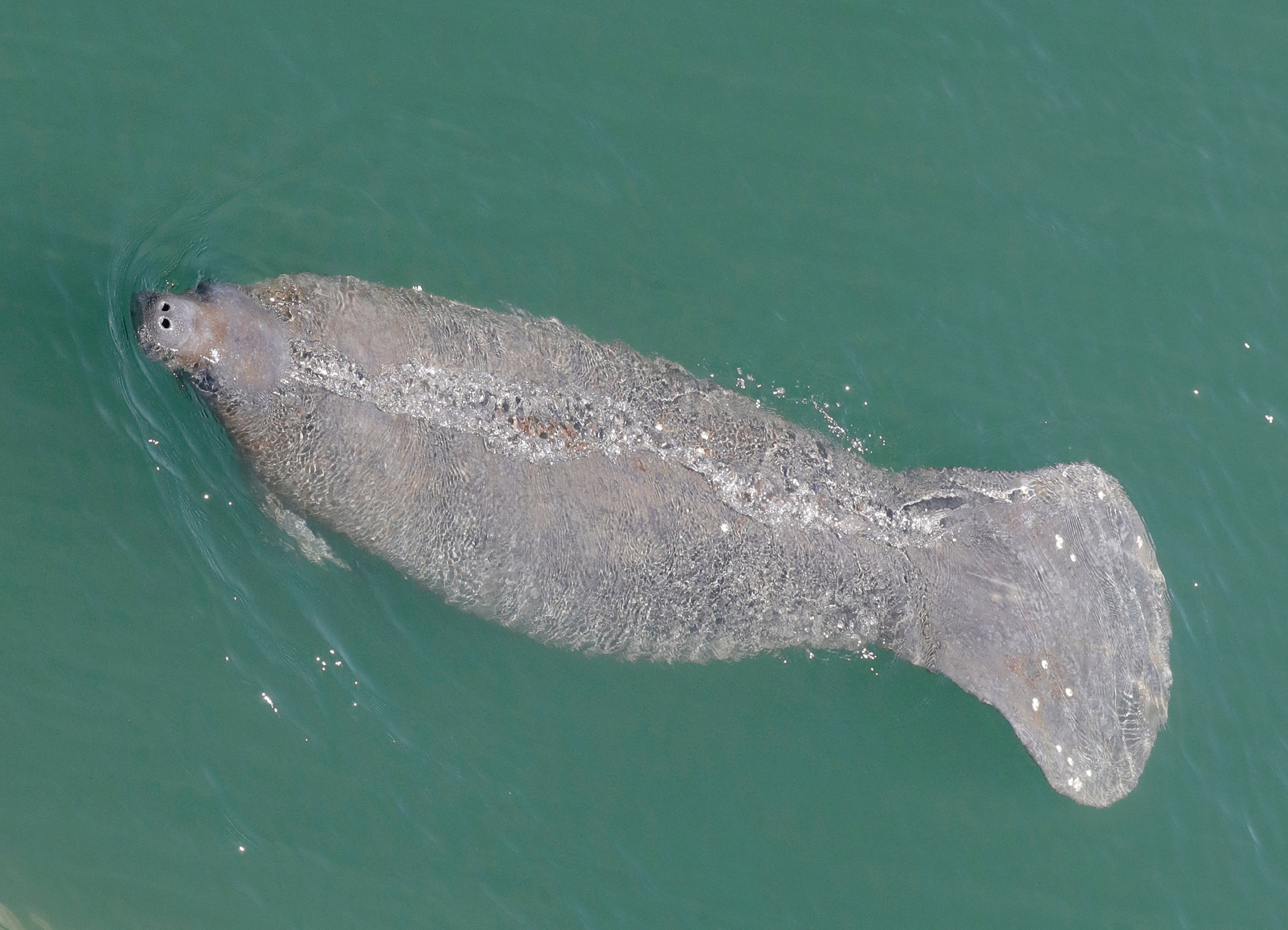Manatee deaths rise in Florida as pollutants kill seagrass
Manatees are starving to death because algae blooms and contaminants are killing the seagrass the beloved sea mammals eat

Your support helps us to tell the story
From reproductive rights to climate change to Big Tech, The Independent is on the ground when the story is developing. Whether it's investigating the financials of Elon Musk's pro-Trump PAC or producing our latest documentary, 'The A Word', which shines a light on the American women fighting for reproductive rights, we know how important it is to parse out the facts from the messaging.
At such a critical moment in US history, we need reporters on the ground. Your donation allows us to keep sending journalists to speak to both sides of the story.
The Independent is trusted by Americans across the entire political spectrum. And unlike many other quality news outlets, we choose not to lock Americans out of our reporting and analysis with paywalls. We believe quality journalism should be available to everyone, paid for by those who can afford it.
Your support makes all the difference.Manatees have starved to death by the hundreds along Florida’s east coast because algae blooms and contaminants are killing the seagrass the beloved sea mammals eat, a wildlife official told a House committee Tuesday.
Seagrass has been decimated in the 156-mile-long Indian River Lagoon and neighboring areas. The aquatic plant thrives in clear, sandy water, but murkier water because of the algae and pollutants has made it harder for seagrass to survive, said Melissa Tucker, director of the Division of Habitat and Species Conservation at the Florida Fish and Wildlife Conservation Commission.
“Our statewide death count from all sources has been higher than it’s ever been reported before,” Tucker told the House State Affairs Committee. “This is a starvation issue. There’s not enough seagrasses that are available to the manatees.”
Officials noticed a sharp rise in manatee deaths from December through May, when the sea cows congregate in warm waters. During that period, 677 manatees died, when typically only 156 die, Tucker said.
While manatee mortality leveled out after May, when the mammals extend their range in summer and fall, the state has recorded 968 manatee deaths in 2021, with more than two months left in the year. The previous annual high was 830 deaths in 2013, Tucker said.
Big manatee die-offs in past years have been attributed to more transitory events like algae blooms and unusually cold weather, but the seagrass problem could take longer to reverse, Tucker said. Efforts are being made to replant seagrass and restore clam and oyster beds so the mollusks can help filter the water, she said.
“This is something that we’re going to be trying to manage and improve over the course of years and maybe decades," she said.
Republican State Rep. Thad Altman, who represents Brevard County, where manatees typically thrive, said it will be difficult to regrow the seagrass unless the water gets cleared up. He said the manatees are now even eating seagrass roots, permanently killing the aquatic plants.
“We literally have a catastrophe on our hands,” Altman said.